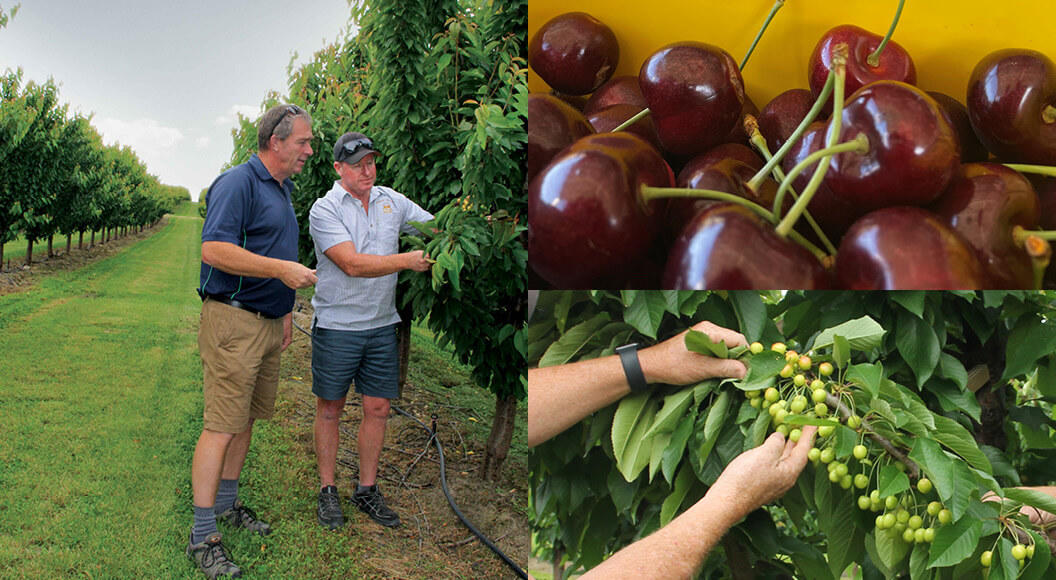
Knowing your soil type
This is the second article of a three-part series that takes a closer look at New Zealand soils. Soil underpins all agricultural activity, so understanding the soil you farm is important. This month, I will focus on four distinct soils that are well known to farmers, and explain how they are different to each other.
There are actually 15 main soil types in New Zealand, called soil orders, and within each order there are soil groups and sub-groups. So altogether, there are more than a thousand different soils. This level of detail can be somewhat daunting, so, to simplify from a practical agricultural point of view, all of these soils are grouped into four larger soil types, categorised according to the parent materials from which they have formed. These parent materials determine the natural fertility and how they respond to the different nutrients applied to the soil. These four generic soil types are Ash, Sedimentary, Pumice and Peat/Organic soils.
Ash soils
Ash soils are found mostly in the western, central and upper/mid North Island. They are made up of iron rich volcanic ash and are some of the oldest soils found in New Zealand. They are predominantly used for highly productive dairy and horticultural systems, such as those found in Taranaki, Waikato and Bay of Plenty. Ash soils generally have good soil structure, large organic matter content and deep topsoil. In relative terms (compared to the other three soils), ash soils can retain large amounts of phosphorus.
Sedimentary soils
Sedimentary soils cover the vast majority of New Zealand and have a wide range of land uses. This wide coverage means there are many different soil orders, with different soil properties, within the sedimentary group. All sedimentary soils are formed from quartz-rich sedimentary parent material, such as greywacke, schist and granite. These sedimentary rocks are formed by the accumulation or deposition of small particles and subsequent cementation of mineral or organic particles on the floor of oceans which are then uplifted above the ocean over millions of years. Compared to the other three soils, sedimentary soils can have naturally high reserves of potassium.
Pumice soils
Pumice soils cover a large area of the central plateau of the North Island. They are dominated by pumice that is high in volcanic glass. Most of the pumice in these soils originated from the powerful Taupō eruption 1,800 years ago. Many pumice soils are extensively used for commercial forestry. They were unsuitable for pastoral farming until the cobalt deficiency was found and managed. Pumice soils generally have naturally low fertility. However, with the addition of fertiliser they can become productive pastoral soils.
Peat soils or organic soils
Organic soils cover only a small portion of the country, with the largest occurrence in the Waikato. Organic soils are generally located in wetlands, and are formed from the decomposed remains of wetland plants or forest litter. Organic soils are generally wet and naturally acidic with low soil nutrient levels. However, when drained and well fertilised they can become very productive.
Keep an eye out in next month’s Rural Diary where I will finish this three-part series with advice on how to manage each of these four generic soil types.
For more information on your property’s soil type or to arrange soil testing, talk to your local PGG Wrightson Technical Field Representative.


